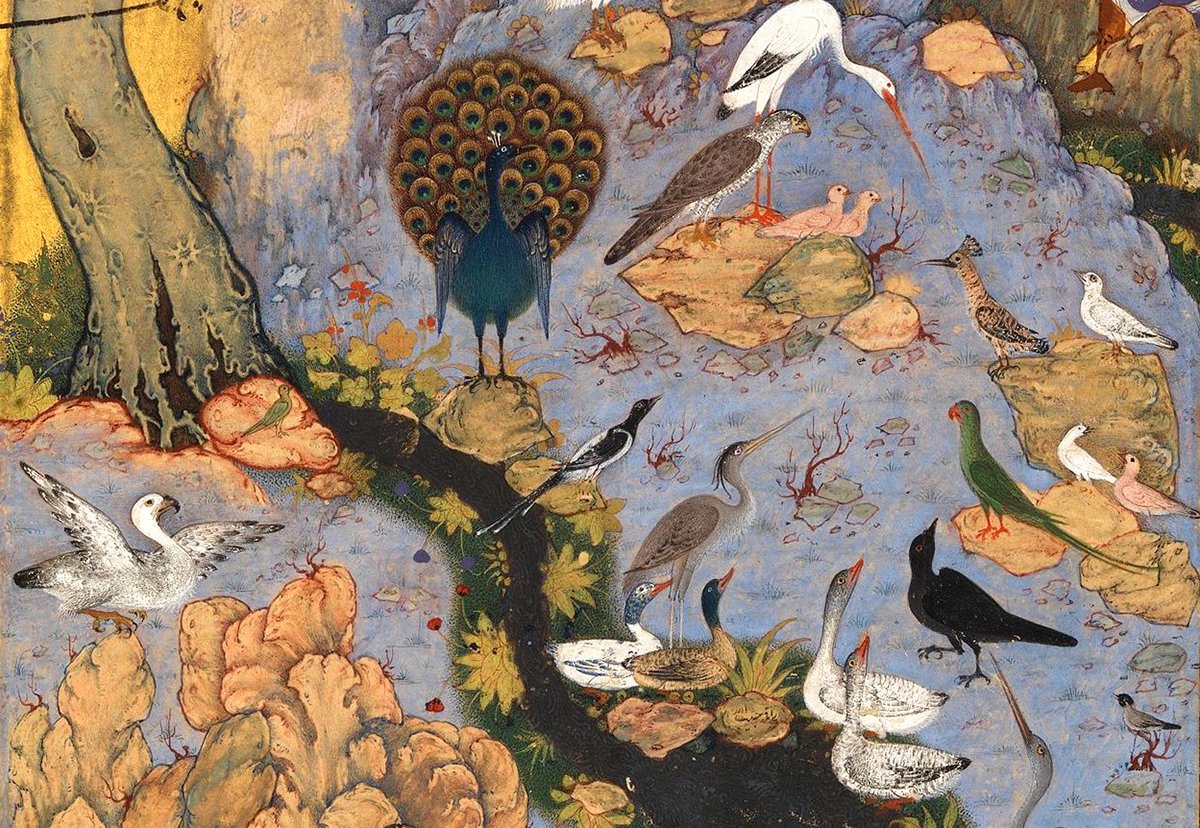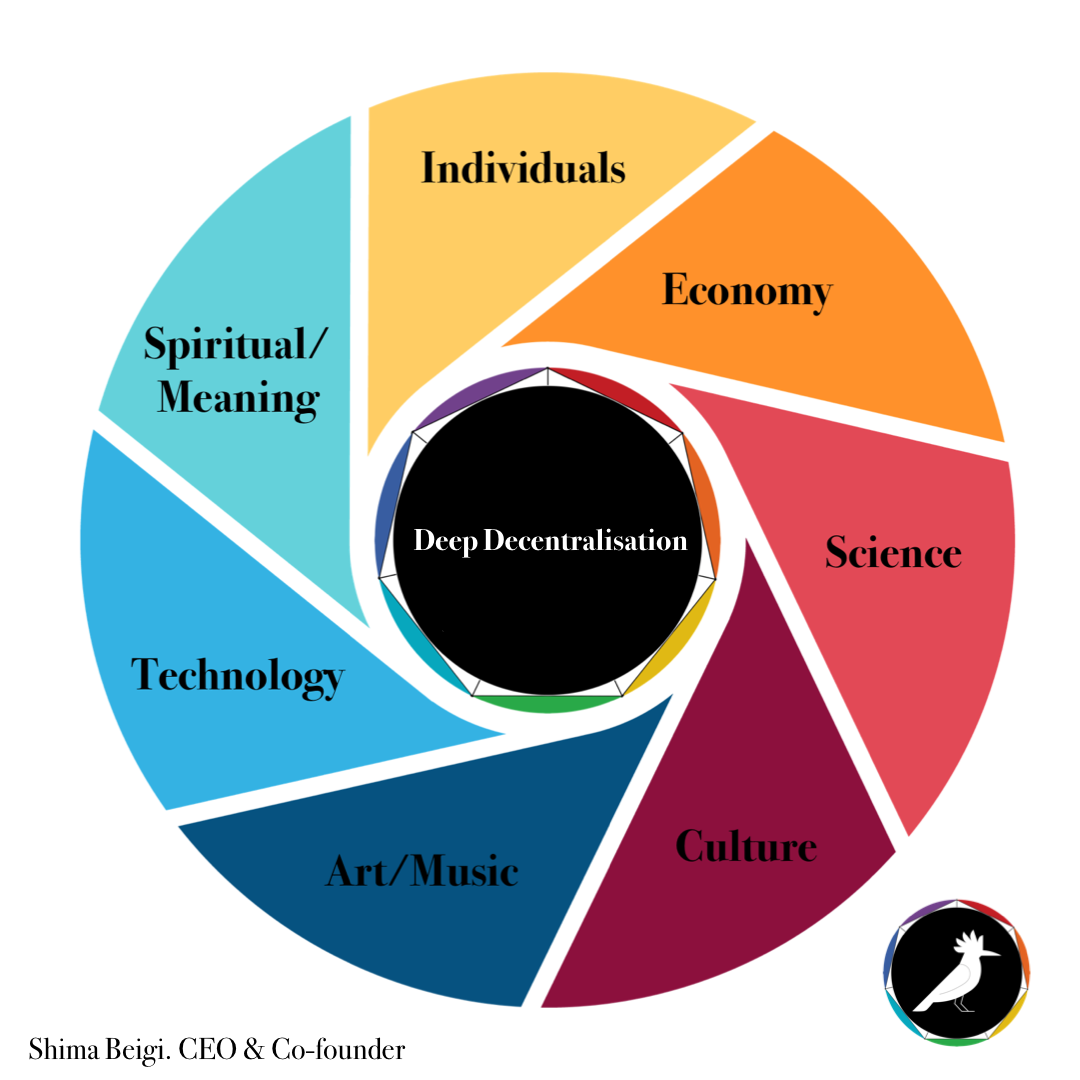On Fridays with Attar, we discuss using the Triple AI Model and the powerful allegorical storytelling of Attar’s Conference of the Birds to offer what we call ‘Urban Therapeutics’. Our primary goal in these sessions is to help cities and people increase their awareness of the entire process of change, which means identifying obstacles and barriers to change. Farid-du-Din Attar's message in this ancient text is clear: No external force controls the faith of individuals or collectives. Change is possible; however, it requires commitment, intentional action, devotional attention, resilience, acceptance of reality, letting go of excuses, and willingness to remain in the process even when it is increasingly difficult. Attar also compassionately lets the readers know that it is natural to come up with excuses and resist change. To overcome this resistance, he offers a solution: Storytelling. Granted, we use the same story-telling technique and invite you to join us on this transformation journey.
The Conference of the Birds
Illustration by an unknown painter, c.1600. Image © The Metropolitan Museum of Art, New York.
“Bottom-up change in cities begins by citizens becoming aware of their power in creating deep urban changes. ”
At TAI/T, our focus is to help cities and people identify maladaptive and unsustainable pathways and steer them towards more sustainable trajectories that align with the safe planetary boundaries & climate change goals by 2030 and 2050.
Planetary Boundaries
Established by the Stockholm Resilience Centre’s Planetary Boundary Framework. It sets out 20 regenerative actions to help us achieve sustainable development within these limits, whilst restoring natural systems.
Image Credit: J. Lokrantz/Azote
This transition period is primarily done through smart city solutions and mainly decentralisation. However, these solutions must be humanised, and the focus of this transition remains on humans and urban communities. Furthermore, while mostly treated as a technological shift, the paradigm of decentralisation is profoundly social. That is why we call it ‘Deep Decentralisation’ and at the core of this process rests ‘consciousness and awareness. We can become better equipped for these profound changes through the evolution of collective consciousness.
Seven Layers of Deep Decentralisation
There are Seven Levels of social transformation for the emergence of a new civilisation. There are barriers at each level that need to be identified, explored and transcended.
Image Credit: Shima Beigi, TAI/T Inc.
With our Soft and Hard approach to smart cities, aka Mindful Smart Cities Framework and Triple AI Model, we aim to play a role in this transition. Unlike traditional smart city businesses, which are predominately technology-centric, our part consists of innovative technologies and deep compassion, dialogue, feelings and recognition of fears we struggle with as global urban communities. Some of these fears are deeply primordial; as a result, they are bound to trigger deeply rooted collective pains and traumas to resurface.
As experts in the technical fields and devoted practitioners of meditation and ancient methods of personal awakening, we are committed to enhancing collective consciousness transformation. We know that we are parts of a whole. We are system thinkers, and we know every little step towards social healing puts socio-technological transition on an exponential trajectory.
Missed the Previous Events? WATCH THE VIDEO RECORDING.







